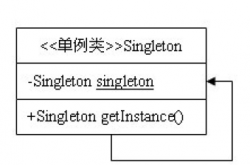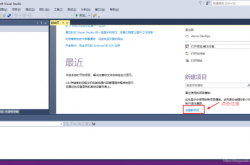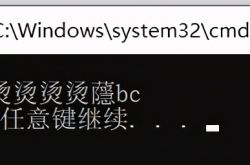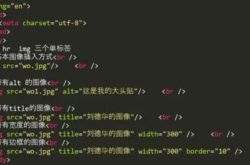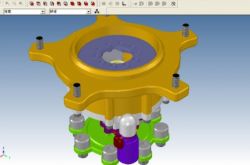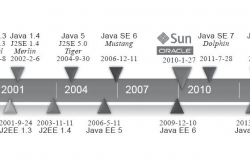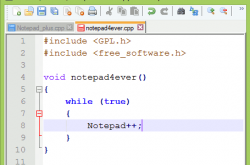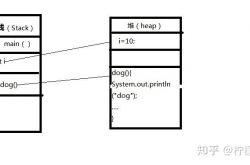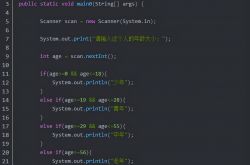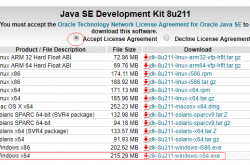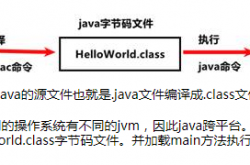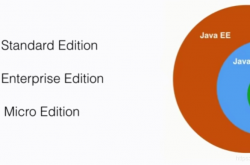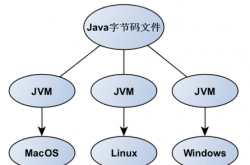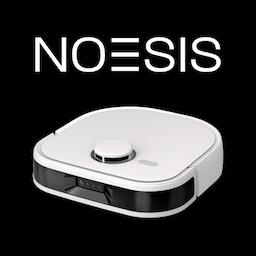PHP递归创建目录(伪原创)
发表时间:2014-09-05来源:网络
有时候需要递归创建目录函数,这时需要使用dirname()函数(取得路径中的目录部分)和mkdir()函数(创建目录)。
先普及一下语法:
dirname
(PHP 4, PHP 5)
dirname ― 返回路径中的目录部分
说明 ?
string dirname ( string$path )给出一个包含有指向一个文件的全路径的字符串,本函数返回去掉文件名后的目录名。
参数 ?
path-
一个路径。
在 Windows 中,斜线(/)和反斜线(/)都可以用作目录分隔符。在其它环境下是斜线(/)。
返回值 ?
返回 path 的父目录。 如果在
path中没有斜线,则返回一个点('.'),表示当前目录。否则返回的是把path中结尾的 /component(最后一个斜线以及后面部分)去掉之后的字符串。更新日志 ?
版本 说明 5.0.0 dirname() 的操作从 PHP 5.0.0 版开始是二进制安全的。 4.0.3 在这个版本中,dirname() 被修正为 POSIX 兼容。 范例 ?
Example #1 dirname() 例子
echo "1) " . dirname("/etc/passwd") . PHP_EOL; // 1) /etc
echo "2) " . dirname("/etc/") . PHP_EOL; // 2) / (or / on Windows)
echo "3) " . dirname("."); // 3) .
?>注释 ?
Note:
dirname() operates naively on the input string, and is not aware of the actual filesystem, or path components such as "..".
Note:
dirname() is locale aware, so for it to see the correct directory name with multibyte character paths, the matching locale must be set using the setlocale() function.
Note:
Since PHP 4.3.0, you will often get a slash or a dot back from dirname() in situations where the older functionality would have given you the empty string.
检查下面发生变化的例子:
// PHP 4.3.0 以前
dirname('c:/'); // 返回 '.'
// PHP 4.3.0 以后
dirname('c:/x'); // 返回 'c:'
dirname('c:/Temp/x'); // 返回 'c:/Temp'
dirname('/x'); // 返回 '/' (or '/' on Windows)
?>参见 ?
- basename() - 返回路径中的文件名部分
- pathinfo() - 返回文件路径的信息
- realpath() - 返回规范化的绝对路径名
mkdir
(PHP 4, PHP 5)
mkdir ― 新建目录
说明 ?
bool mkdir ( string$pathname[, int$mode= 0777 [, bool$recursive= false [, resource$context]]] )尝试新建一个由 pathname 指定的目录。
参数 ?
pathname目录的路径。
mode-
默认的 mode 是 0777,意味着最大可能的访问权。有关 mode 的更多信息请阅读 chmod() 页面。
Note:
mode在 Windows 下被忽略。注意也许想用八进制数指定模式,也就是说该数应以零打头。模式也会被当前的 umask 修改,可以用 umask()来改变。
recursiveAllows the creation of nested directories specified in the
pathname.context-
Note: 在 PHP 5.0.0 中增加了对上下文(Context)的支持。有关上下文(Context)的说明参见 Streams。
返回值 ?
成功时返回
TRUE, 或者在失败时返回FALSE。更新日志 ?
版本 说明 5.0.0 添加 recursive参数。5.0.0 mkdir() 也可用于某些 URL 封装协议。参见支持的协议和封装协议 的列表看看 mkdir() 支持哪些 URL 封装协议。 4.2.0 mode成为可选项。范例 ?
Example #1 mkdir() 例子
mkdir("/path/to/my/dir", 0700);
?>Example #2 通过
recursive参数使用 mkdir()// Desired folder structure
$structure = './depth1/depth2/depth3/';
// To create the nested structure, the $recursive parameter
// to mkdir() must be specified.
if (!mkdir($structure, 0, true)) {
die('Failed to create folders...');
}
// ...
?>注释 ?
Note: 当启用 安全模式时, PHP 会在执行脚本时检查被脚本操作的目录是否与被执行的脚本有相同的 UID(所有者)。
参见 ?
- is_dir() - 判断给定文件名是否是一个目录
- rmdir() - 删除目录
递归创建目录函数:
/** * Create the directory recursively. * @param $path The directory to create, such as, /a/b/c/d/e/ * @param $mode The mode of the directory to create, such as, 0755, 0777. */ function RecursiveMkdir($path,$mode) { if (!file_exists($path)) { // The file is not exist. RecursiveMkdir(dirname($path), $mode); // Call itself. if(mkdir($path, $mode)) { // Call mkdir() to create the last directory, and the result is true. return true; } else { // Call mkdir() to create the last directory, and the result is false. return false; } } else { // The file is already exist. return true; } }
参考资料: 点击打开链接点击打开链接
点击打开链接
(免责声明:文章内容如涉及作品内容、版权和其它问题,请及时与我们联系,我们将在第一时间删除内容,文章内容仅供参考)
知识阅读
-

CI框架连接数据库配置操作以及多数据库操作
-

C语言关键字及其解释介绍 C语言32个关键字详解
-

asp 简单读取数据表并列出来 ASP如何快速从数据库读取大量数据
-

C语言中sizeof是什么意思 c语言里sizeof怎样用法详解
-
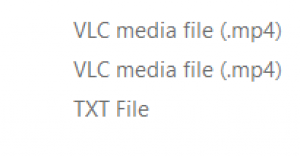
将视频设置为Android手机开机动画的教程
-

IcePHP框架中的快速后台中的通用CRUD功能框架
-

java中的info是什么意思
-

PHP中include和require区别之我见
-

PHP中的魔术方法 :__construct, __destruct , __call, __callStatic,__get, __set, __isset, __unset , __sleep,
-

PHP中的(++i)前缀自增 和 (i++)后缀自增
软件推荐
更多 >-
 查看
查看美好明天官方版下载v4.6.3.4 安卓版
109.8M |学习教育
-
 查看
查看厦门市民卡办理软件 v5.2.2 安卓版
134.8M |生活服务
-
 查看
查看全民微铺app(改名微脉店铺)下载v2.2.5 安卓版
115.4M |商务办公
-
 查看
查看爱语文学生版下载v2.7.2 安卓官方版
101.7M |学习教育
-
 查看
查看导弹校园软件 v1.6.9 安卓版
47.5M |生活服务
-
 查看
查看蓝电汽车官方版(my fengon)下载v2.0
148.4M |生活服务
-
 查看
查看花伍鲜花批发app v2.3.0 安卓版
38.3M |商城购物
-
 查看
查看任旅视界app下载v3.3.1 安卓版
391.1M |生活服务
-
1
 nginx,php日志分割
nginx,php日志分割2014-09-05
-
2
 解决ThinkPHP在Nginx下无法使用pathin方式的问题
解决ThinkPHP在Nginx下无法使用pathin方式的问题2014-09-05
-
3
 c语言新手入门代码
c语言新手入门代码2022-03-22
-
4
 PHP之Composer类库依赖管理神器
PHP之Composer类库依赖管理神器2014-09-05
-
5
 编程的scratch是什么意思?
编程的scratch是什么意思?2022-03-17
-
6
 c语言中单引号和双引号的区别 c语言中单引号和双引号是什么意思
c语言中单引号和双引号的区别 c语言中单引号和双引号是什么意思2017-05-10
-
7
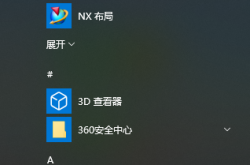 学ug编程如何快速入门?
学ug编程如何快速入门?2022-03-17
-
8
 php (七) PHP函数
php (七) PHP函数2014-09-05
-
9
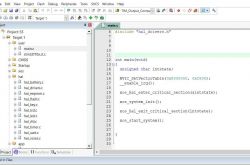 单片机编程好学吗?单片机初学者怎样看懂代码
单片机编程好学吗?单片机初学者怎样看懂代码2022-03-21
-
10
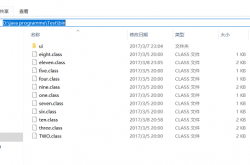 命令行运行java程序该如何实现?java入门解析
命令行运行java程序该如何实现?java入门解析2022-03-22


